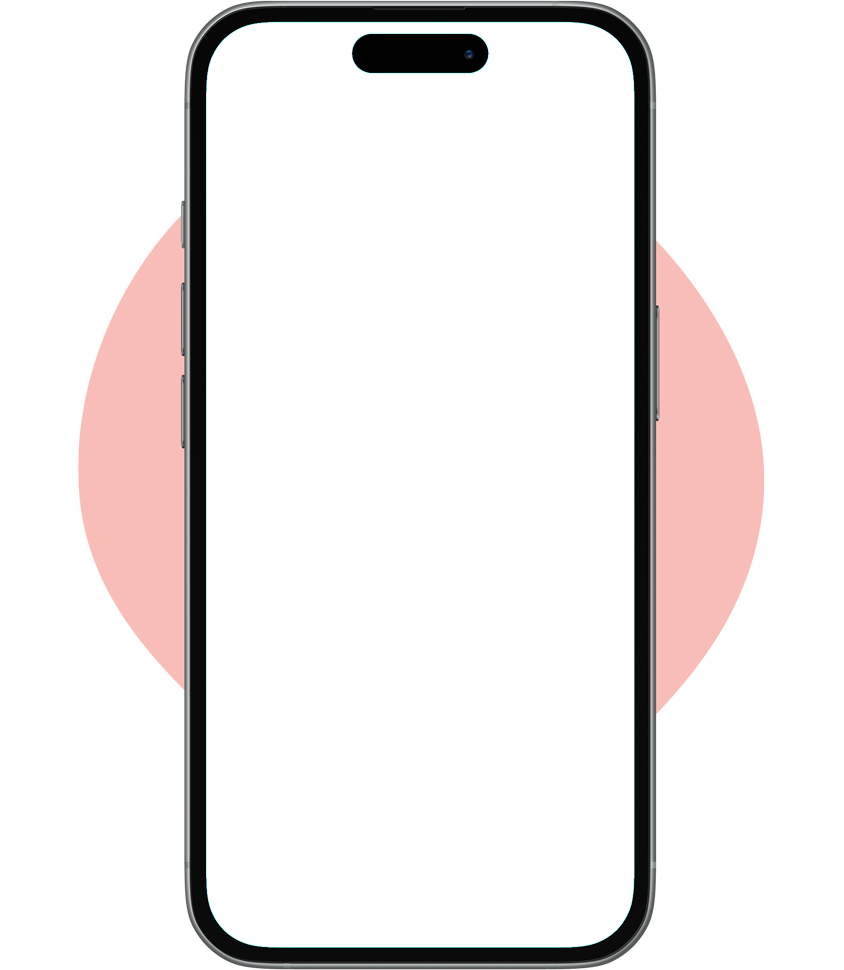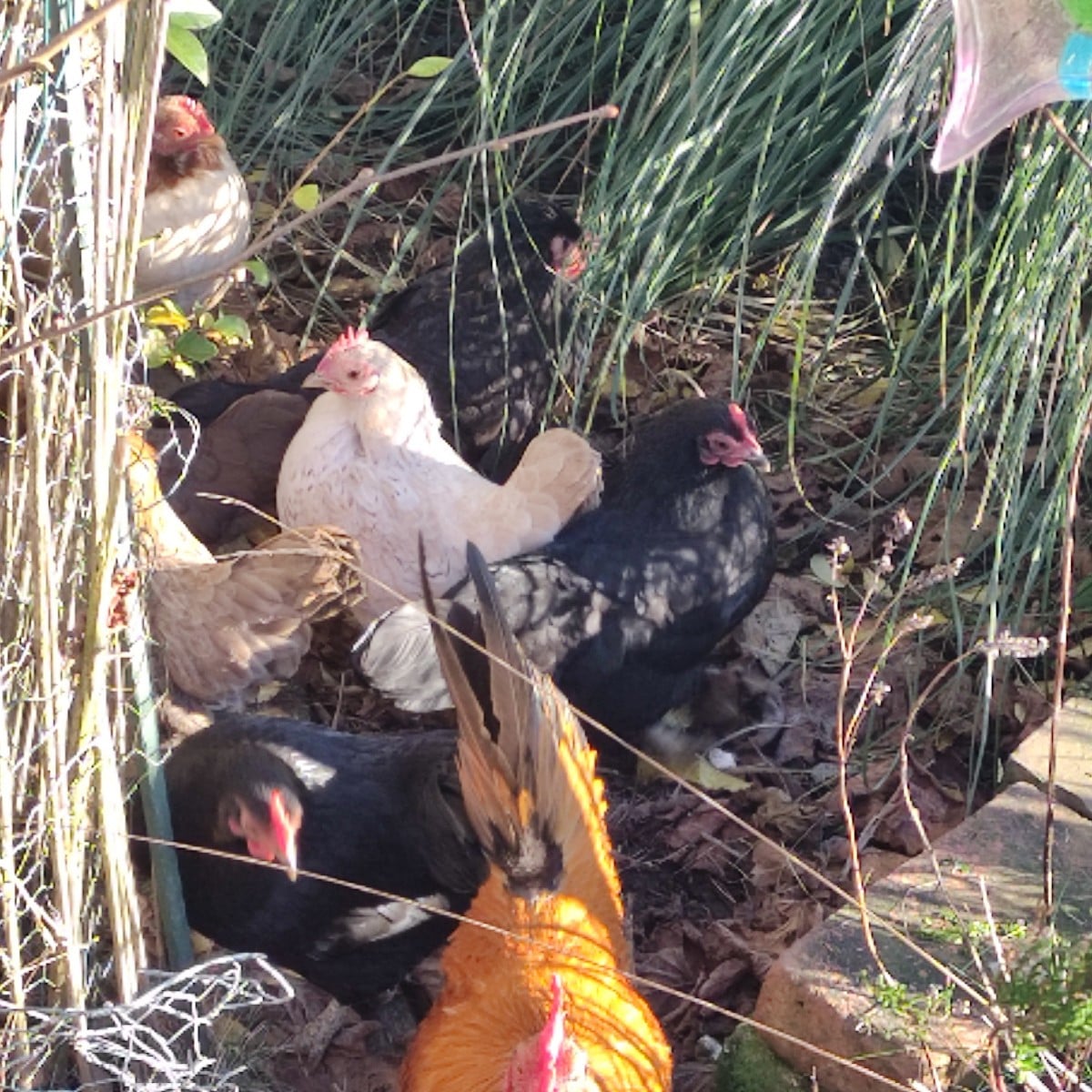
Sowing and Propagating Tomatoes: This Is How It Works
Tomatoes are one of our absolute favorite crops to grow at home. They originally come from South and Central America. Due to their origin, this tropical plant loves moisture, plenty of warmth and light, ideally all year round.
To give the plants enough time to develop in our latitudes, they are grown on the windowsill or directly in a greenhouse. You can find out how to sow tomatoes and what you need to bear in mind when growing tomatoes in this article.
This Article Contains:
Quick Overview
Sowing Tomatoes
- When is the right time? From mid-March to early April, in the greenhouse from mid-February
- How to sow tomatoes correctly? Sow 0.5 to 1 cm/0.2 to 0.4 in deep in potting compost
- Germination time: 7 to 14 days
- Optimum germination temperature: 24 to 28 °C/75.5 - 82.4 °F
Preplanting Tomatoes - What You Need to Know
- Spray tomato seeds regularly
- After germination, tomato seedlings only need 15 °C/59 °F
- 2 to 3 weeks after germination, the young plants are pricked out
Pre-planting Tomatoes: What You Need
- Tomato seeds: organic seeds of seed-resistant varieties
- Growing pots with a diameter of about 6 x 6 cm/2.4 x 2.4 in
- Alternatively for potless cultivation: Soil Baler
- Cultivation Soil
Our Tip:
Find the Right Tomato Variety for You
Depending on where you want to grow your tomato plants, you can choose a suitable variety. Tomatoes differ greatly in their growth habit: there are bush and vine tomatoes. You can find out Which Tomato Variety Is Best for Your Garden, Greenhouse or Balcony in this article.
The Right Time for Sowing
Like most fruiting vegetables, tomatoes are not sown directly, but grown indoors. The right time to start growing tomatoes on the windowsill is from mid-March to early April. You can start growing tomatoes in a greenhouse from mid-February.

When to Propagate Tomatoes?
You can start growing tomatoes on the windowsill from mid-March to early April at the latest. Tomatoes need a lot of light and warmth to germinate. If the ratio between heat and light is not right, the plants will go to seed. This means that they shoot up in search of light. The result is unstable and susceptible young plants. For this reason, it is important to create optimal germination conditions. This is often not possible on the windowsill before March without an additional plant lamp. However, if you have a greenhouse, you can even start growing in mid-February. But here, too, it is important to provide the plants with additional light.
You should therefore choose a suitable sowing date depending on the variety, location and individual requirements. As a hobby gardener, it often makes more sense to start a little later. As soon as there is enough light, the tomato plant can quickly catch up on growth.
How Growing on the Windowsill Works
To increase the germination of the small seeds, place them in lukewarm chamomile tea for 6 hours. Tomato seeds have a velvety, slightly hairy coating that acts as a natural germination inhibitor. Soaking stimulates germination and your seedlings will thrive more reliably. A chamomile decoction also helps to increase resistance to diseases. This is particularly effective against mold growth.
Sowing Tomatoes Correctly
Then place 2 to 3 seeds per pot about 0.5 to 1 cm/0.2 to 0.4 in deep in the soil. Place them in a bright place and make sure they are watered regularly. In the beginning, it is sufficient to spray the seedlings twice a day (morning & evening). They now need between 24 - 28 ° C/75.5 - 82.4 ° F until they germinate. A cover or glass helps to achieve these temperatures. This creates a mini-greenhouse and your seeds should germinate within 7 - 14 days.

Things to Consider When Preferring Tomatoes
- After germination, they only need around 15 °C/59 °F to grow into robust young plants. Regular air circulation (which can be achieved with a fan, for example) ensures good aeration and prevents fungal diseases. It also makes the seedlings more stable and better able to withstand wind later on.
- After 2 to 3 weeks, the seedlings are then pricked out, which means that each young plant gets its own pot. Place the tomato seedlings a little deeper in the soil than before. This increases their stability, as new roots can grow from the stem of the sprout. After pricking out, you can then water normally. Ensure a regular and even supply of water from below. But be careful: tomatoes don't like waterlogging! The plants can now grow and thrive until they can be moved outdoors after the last frosts.

Want to Plan a Tomato Bed?
With our garden planner, you can easily plan a colourful mixed crop. Good and bad neighbors are displayed directly and you get tips on crop rotation!
Plan Your Bed NowPre-planting Tomatoes for the Greenhouse
If you have a greenhouse, you can start growing on the windowsill in February and then plant the young plants in the greenhouse 2 to 3 weeks after pricking out. If you want to grow them directly in the greenhouse, it is better to wait until mid-March. However, this depends on the conditions in your greenhouse. If you have a heated greenhouse with additional lighting, there is no reason not to start growing directly in the greenhouse in February. The only important thing is that it is warm and bright enough for the seeds to germinate.
Growing tomatoes in a greenhouse works in the same way as growing them on a windowsill. The seeds should germinate in seedling pots with nutrient-poor soil before you can plant them in the ground as young plants. As tomatoes are heavy feeders, you should prepare the soil with compost beforehand.

Pole tomatoes are ideal for making the most of the space in your greenhouse. These varieties have a long main stem and therefore tend to grow upwards. They therefore appreciate a support and climbing aid. Smaller plants, such as basil, can be planted underneath vine tomatoes. As the soil in a greenhouse tends to dry out, you should apply a layer of mulch . This helps to retain moisture in the soil and also provides new nutrients.
Good luck with your tomato cultivation! If you have any questions, problems or comments, please write to us at [email protected]. Would you like to receive helpful gardening tips all year round and plan your own beds optimally? Then register here or download the Fryd app for Android or iOS.
Fryd - Your digital bed planner
Cover picture by AndreasGoellner on Pixabay

Marie
Marie is an agronomist. She is particularly interested in the sustainable and organic cultivation of vegetables and other plants. In her own garden, she gained experience and likes to try things out to learn from nature. She is particularly interested in the values and principles of permaculture, in order to contribute not only to the well-being of nature, but also to the well-being of people and future generations.
Learn MoreCurrent Topics in the Community

Liked 1 times
The chickens are not happy about the cold weather.
Show 1 answer
Liked 1 times
Without words
Show 1 answer
Liked 4 times
It may have actually worked with the shiitake smuggled into the fallen birch tree in our forest 🍄
Popular Articles

Overwintering Parsley: How to Do It Successfully

How to Grow Lettuce in Winter: Varieties, Sowing, Harvesting

Growing Sage Plant: Tips for Sowing and Harvesting

What Herbs Can Be Planted Together?

Create & Design a Permaculture Garden

Overwintering Plants: Tubs, Pots and Raised Beds

Pruning, Fertilizing & Propagating Currants: Care Tips

Pruning Raspberries: How to Do It

Vegetable Garden With Greenhouse: How to Use Greenhouse Effect

Winterizing Beds and the Garden: How to Do It
FAQ
When is the best time to preplant tomatoes?
Mid-March to early April is ideal for growing on the windowsill. In the greenhouse, you can start as early as mid-February.
How deep should you sow tomato seeds?
Tomatoes are light germinators. Tomato seeds are therefore only lightly covered with soil and sown 0.5 to 1 cm/0.2 to 0.4 in deep.
How long does it take for tomato seeds to germinate?
The germination period is usually 7 to 14 days at optimum germination temperatures of 24 to 28 °C/75.5 - 82.4 °F.
How do you go about pricking out the young plants?
About 2 to 3 weeks after germination, the young plants are transplanted into their own pots. Place them a little deeper in the soil than before to increase stability